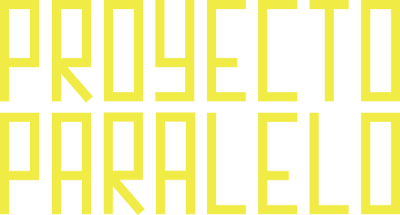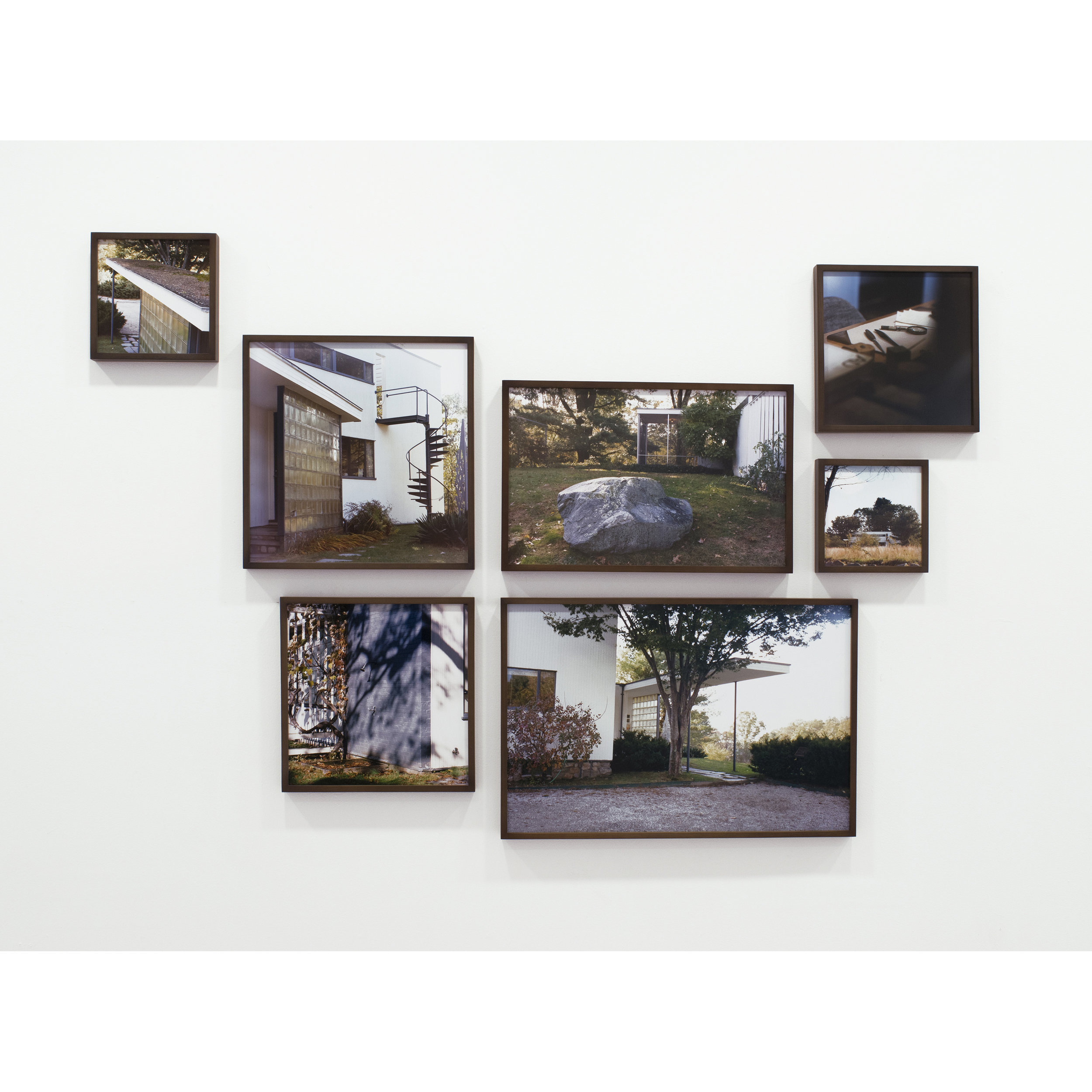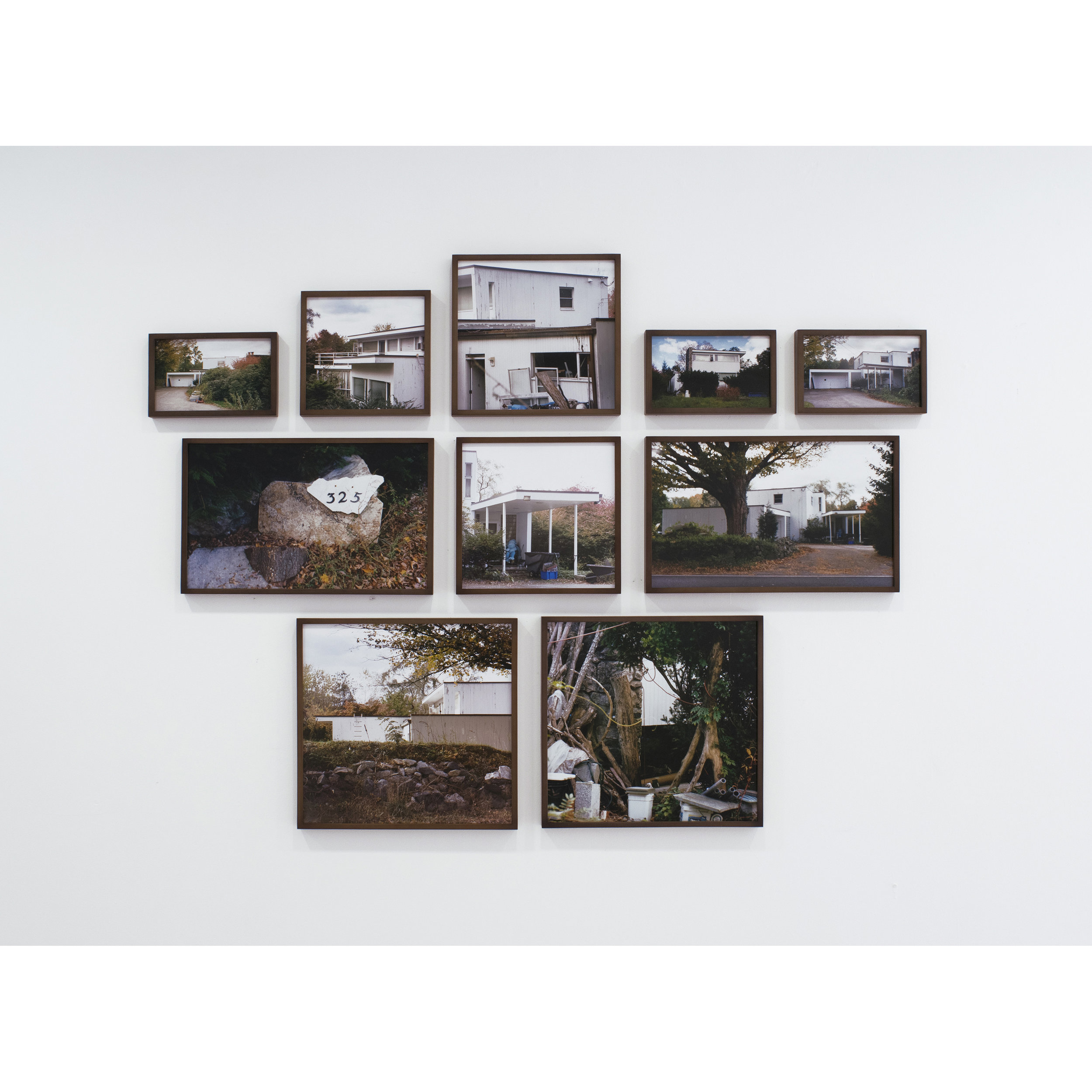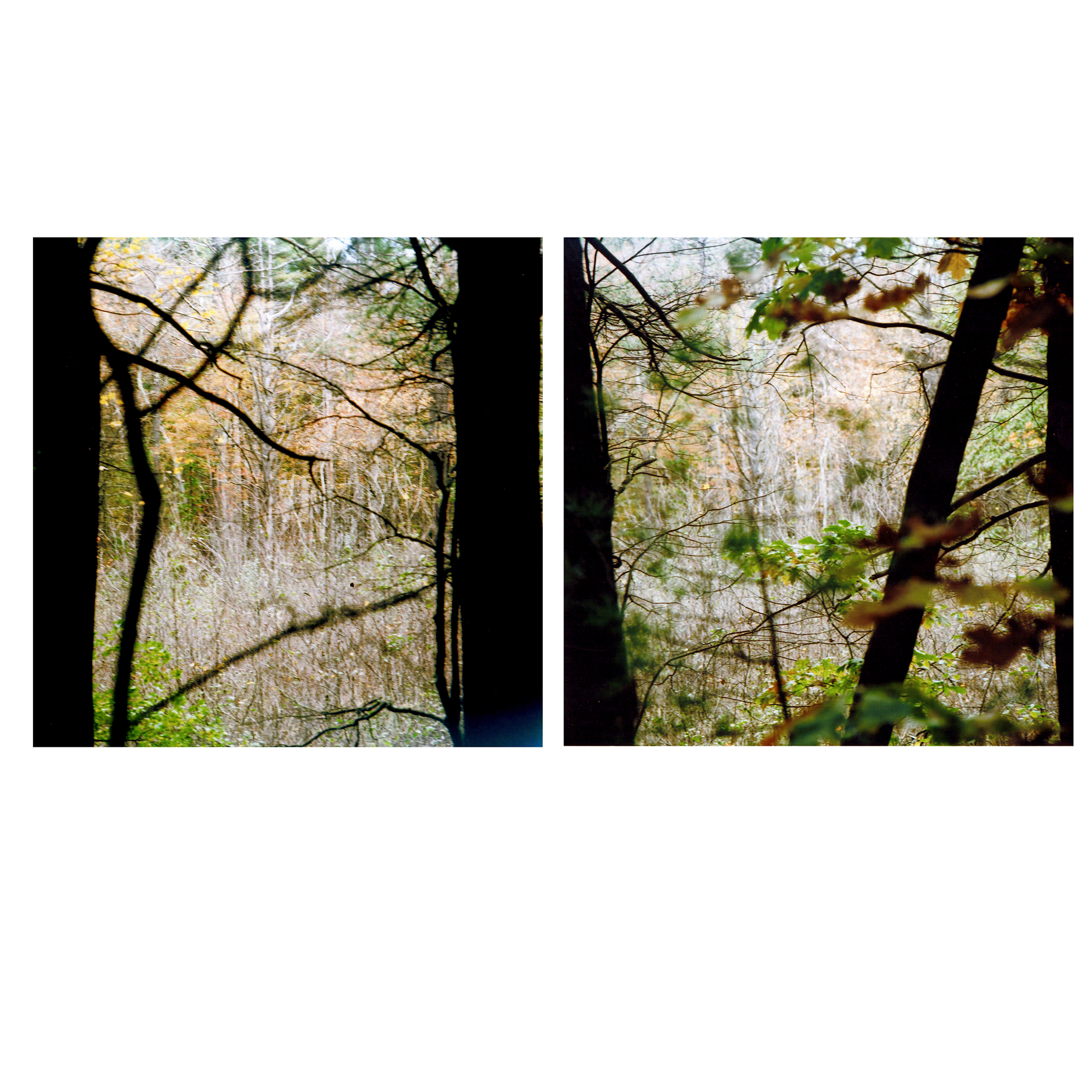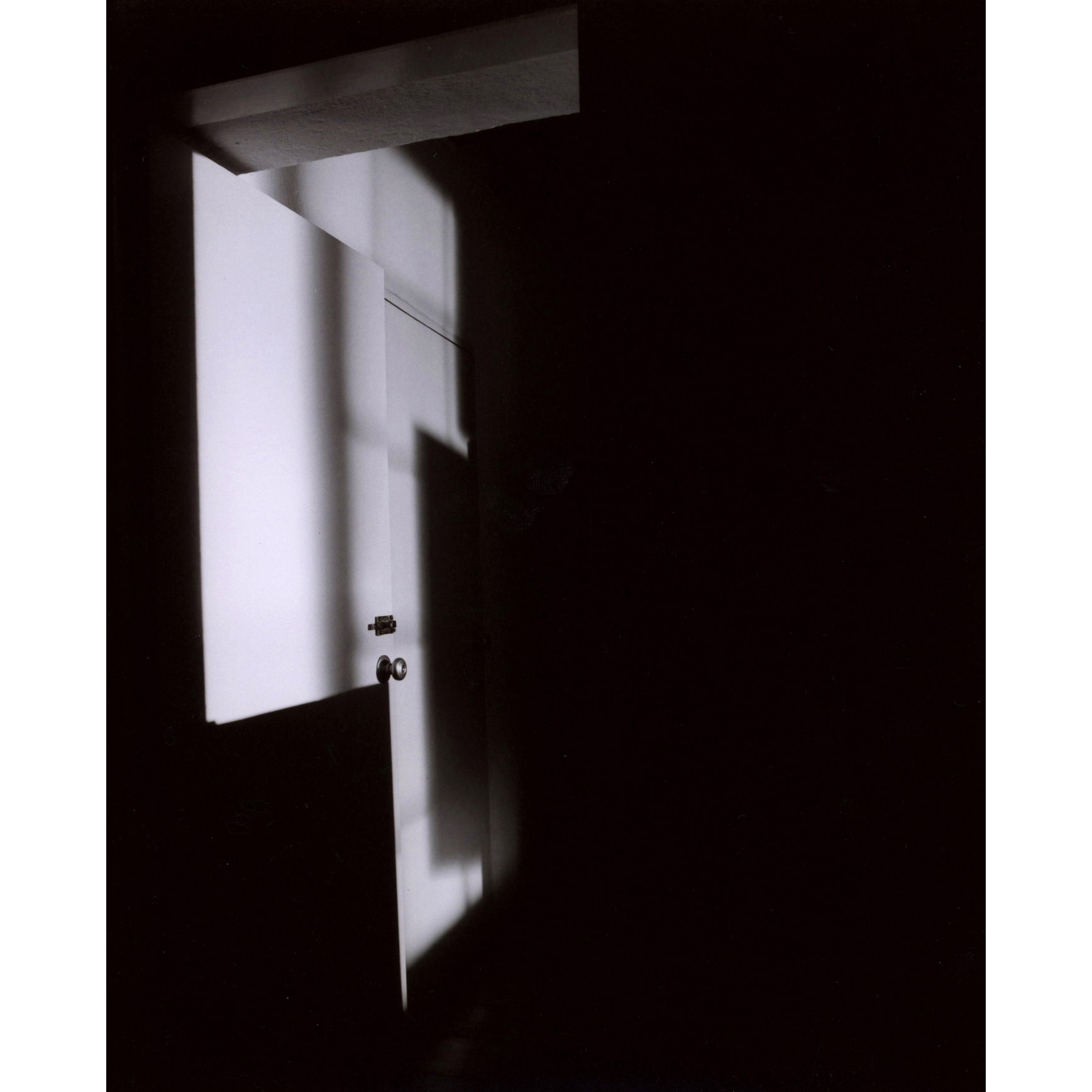Lake Verea
(Francisca Rivero-Lake, b. 1973 Ciudad de México, Carla Verea, b. 1978 Ciudad de México)
artist's bio
Lake Verea es el dúo artístico conformado por Francisca Rivero-Lake y Carla Verea. Han trabajado juntas desde 2005. Su trabajo gira en torno a la experimentación con técnicas y formatos fotográficos para crear retratos íntimos y personales de sujetos arquitectónicos. Han trabajado con los archivos de Frida Kahlo y de Luis Barragán, así como los de Josef y Anni Albers. Su proyecto “Paparazza Moderna” comenzó en 2011 y comprende una serie de retratos poéticos de casas-habitación diseñadas por renombrados arquitectos modernistas (Walter Gropius, Marcel Breuer, Richard Neutra, Rudolph M. Schindler, Ludwig Mies van der Rohe and Philip Johnson). Lake Verea se acerca a estos edificios como papparazi -de manera espontánea y sin permiso- con el objetivo de capturar las construcciones tal y como están en sus estado de conservación y uso actual. Las artistas tratan las casas como personajes vivos y ofrecen una visión lúdica y un tanto voyeurística de los mitos que rodean las relaciones personales de algunos de los más grandes arquitectos del siglo XX. Las artistas trabajan con dos pares de cámaras análogas idénticas y las intercambian durante las tomas para eliminar el tema de la autoría al tiempo que refuerzan su identidad como dúo.
Lake Verea is an artist duet formed by Francisca Rivero-Lake and Carla Verea. They have been working togethersince 2005. Lake Verea’s work revolves around experiments with photographic techniques and formats to create intimate and personal portraits of architecture. In previous projects, the artists explored the archives of Mexican artist Frida Kahlo, architect Luis Barragán, as well as German émigrés Josef and Anni Albers. Lake Verea’s »Paparazza Moderna« project began in 2011: they create poetic portraits of single-family houses designed by renowned modernist architects (Walter Gropius, Marcel Breuer, Richard Neutra, Rudolph M. Schindler, Ludwig Mies van der Rohe and Philip Johnson). They approach these buildings like paparazzi – unannounced and spontaneous – with the aim of capturing them in an unembellished, private state. The artists treat the houses as living characters and offer a playful, at times voyeuristic take on the myths that surround the intertwined relationships between some of the great architects of the twentieth century. The artists work with two pairs of identical analogue cameras, exchanging these during the shoot in order to blur questions of authorship and to highlight their combined identity.
